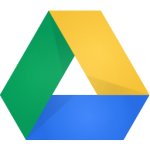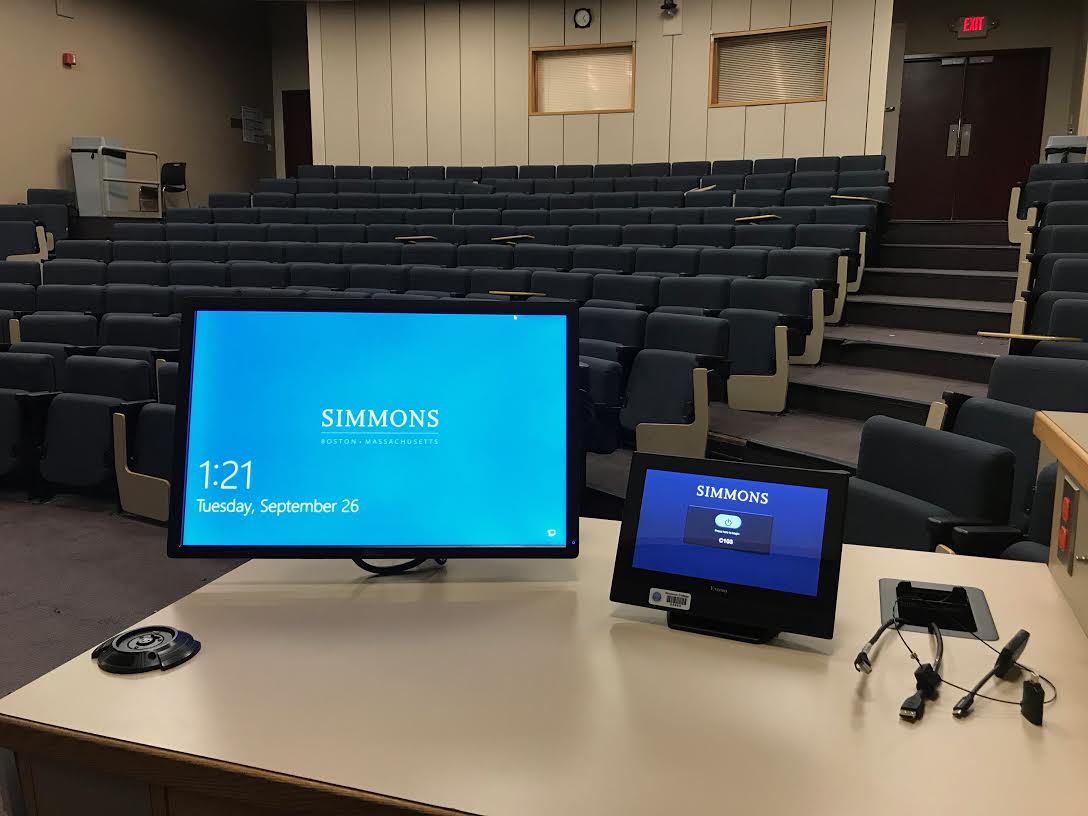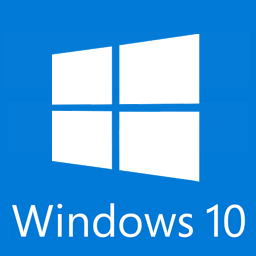 In March 2018, Google will retire the desktop app that allows you to sync files from Drive to a folder on your computer. Between now and then, you might see a popup message in Google Drive stating that, “Google Drive for Mac/PC is going away soon. To continue syncing files on your desktop, install Drive File Stream.”
In March 2018, Google will retire the desktop app that allows you to sync files from Drive to a folder on your computer. Between now and then, you might see a popup message in Google Drive stating that, “Google Drive for Mac/PC is going away soon. To continue syncing files on your desktop, install Drive File Stream.”
Drive File Stream is a new application that will free up space on your hard drive by storing documents in the cloud but displaying them in a folder on your computer. This change will improve integration with other Google Drive features and allow for seamless updates to shared documents.
Because Drive File Stream is significantly different from the existing app, we’re asking anyone with a Simmons-owned computer not to take action at this time. The Technology team is working to test Drive File Stream and prepare Service Desk technicians to support it. We will follow up early in the spring semester with more information and a detailed upgrade plan for the entire community.

